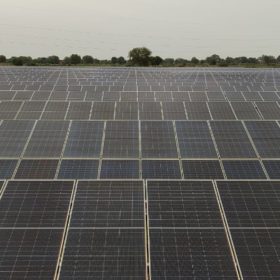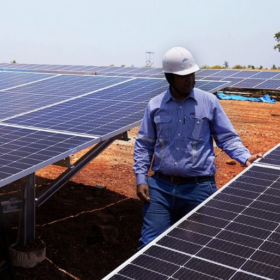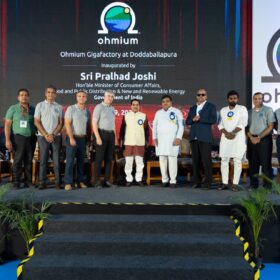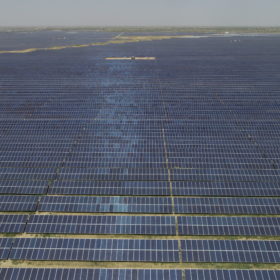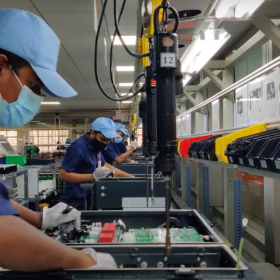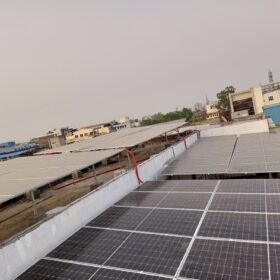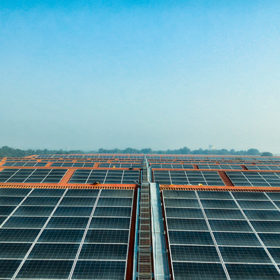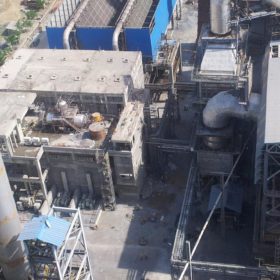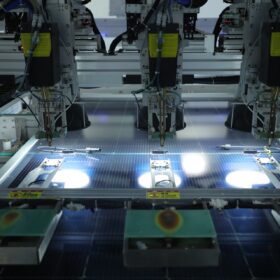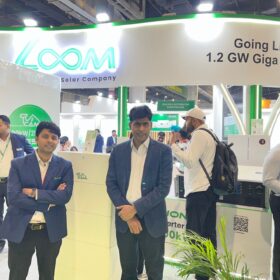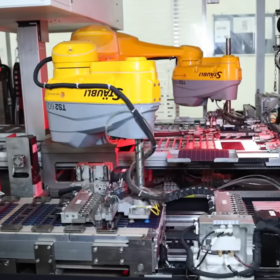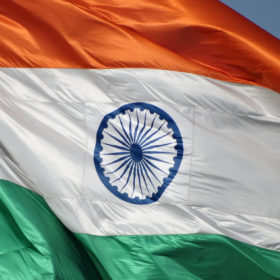Jakson Green secures $35.38 million credit facility from First Abu Dhabi Bank
Jakson Green has secured a credit facility of INR 2.96 billion ($35.38 million) from First Abu Dhabi Bank (Mumbai) to fuel its international expansion. The first beneficiary of this funding will be Jakson Green’s upcoming solar and battery storage project in Uzbekistan.
BluPine Energy reaches financial close on 120 MW solar project in Gujarat
BluPine Energy has secured INR 436 crore ($52.85 million) debt finance from State Bank of India to advance its 120 MW solar project in Gujarat.
JSW Energy secures LoAs for 500 MW solar plus storage, 300 MW solar projects
JSW Neo Energy, an arm of JSW Energy, has received a letter of award from Solar Energy Corp. of India Ltd for setting up a 500 MW solar power project along with 250 MW/500 MWh of energy storage systems. It has also secured a 300 MW solar power project from Karnataka Renewable Energy Development Ltd.
Ohmium opens second electrolyzer gigafactory in India
The 2 GW factory, expandable to 4 GW, is located just outside of Bengaluru. It will produce hyper modular proton exchange membrane (PEM) electrolyzers to meet the growing demand for green hydrogen from customers in India and around the world.
Union Budget 2024-25: Solar developers call for ALMM deferment, tax cuts, and more
With Union Budget to be presented next week, developers hope for reduction in GST [goods and services tax] and import duties on solar components, and deferral of the ALMM [Approved List of Models and Manufacturers] imposition until domestic supplies are sufficient.
Sterling and Wilson Renewable Energy revenue grows 78% YoY in Q1
Sterling and Wilson Renewable Energy posted a revenue of INR 915 crore and net profit of INR 5 crore for the current fiscal’s first quarter ending June 30, 2024. The company reported strong order inflow of INR 2,170 crore in the quarter.
Sungrow secures 850 MW inverter supply contract with Hero Future Energies
Sungrow will supply 1500V inverter solutions for Hero Future Energies’ multiple renewable energy projects located in India.
Freyr Energy aims to solarize 1,000+ homes in Uttar Pradesh by March 2025
Freyr Energy, a residential solar rooftop solutions company in India, aims to install rooftop solar on more than 1,000 homes in Uttar Pradesh by March 2025.
Tata Power Renewable Energy, NHPC partner for rooftop solar installation on government buildings
Tata Power Renewable Energy and NHPC have signed a memorandum of understanding for implementation of rooftop solar projects across government buildings under the PM Surya Ghar Yojana.
Ultratech Cement raises 26% stake in solar, hybrid RE plants for self-consumption
UltraTech Cement Ltd has acquired 26% equity stake in a special purpose vehicle formed to set up a 30.85 MW hybrid project with battery storage in Gujarat and a 3.54 MW solar project in Rajasthan and Odisha.
